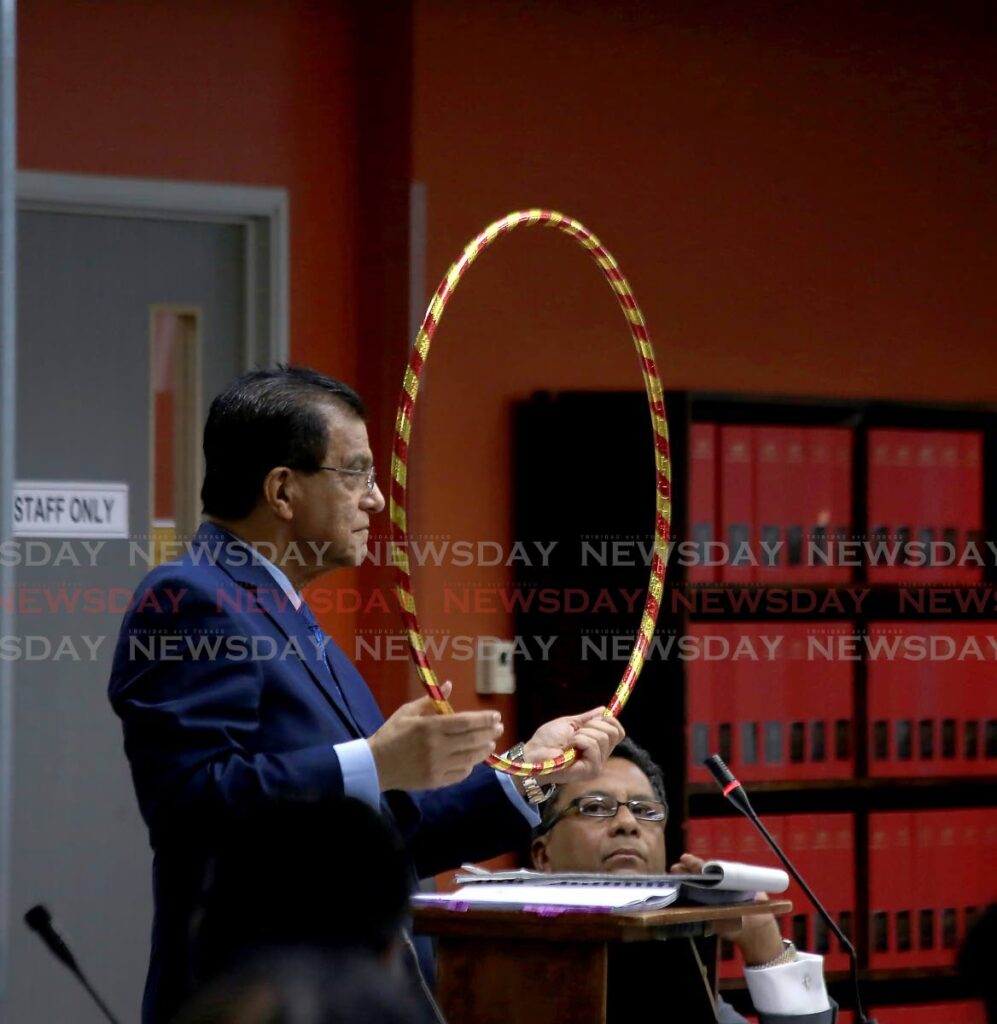Where were the good Samaritans in Paria tragedy?

The trauma of the Paria calamity has affected not only the participants themselves, their fellow employees, their families and the companies involved, it also smeared the public perception of what passes for governance in TT as well. Four men died.
Why did no one go to their aid? Expert professional divers — the best in the country, knowing the risk to their own lives, volunteered to do so.
It seemed as though the whole country was traumatised with a combination of shock, shame and sorrow.
Back in 1980, TT ratified the UN Convention on the Human Rights and the acknowledgement of and respect for that convention was almost automatic. It was as though it were a natural “Trini thing” but hitherto hidden. Teachers started to discuss it even in primary schools as though it were a natural part of Trini culture. And in a way, it was.
As is observed in school conflicts, Trini parents can be as fierce in defence of their rights and those of their children as they are in protection of their property rights, and we are seeing a healthy and substantial growth in identification with and defence of community rights. If people don’t belong to the community, they find themselves in, they find a community to belong to and to be a part of. It is an instinctive survival mechanism built into human DNA.
The principle is simple: It acknowledges that something good is lodged in our subconscious that impels us to help fellow humans — especially those from our own community that we perceive are in peril. Even if we have no personal connection with them, a lost child alone and crying, an infant heading for a river, a woman in labour, an elderly person confused, bewildered and wandering vaguely into traffic, or any identified member of the community obviously in need of help and not a threat to our personal safety, arouses the humane impulse to help.
But as the old saying goes “evil lurks in the minds of man,” so to protect the good Samaritans from those who would take advantage of them, laws have been enacted in a number of countries and in various jurisdictions to protect them from being sued if anything goes awry and although “the road to hell is paved with true, true good intentions,” it all ends in a legal snake pit.
Most people are familiar with France’s good Samaritan Code Pénal, which defines a good Samaritan statute as a law that makes it mandatory for a citizen to come to the aid of another who is exposed to serious physical harm — if there is no danger or risk of injury to the rescuer.
After the death of Princess Diana, when the paparazzi showed no intention of assisting her, it appeared to have awakened the public’s interest in the concept of good-Samaritan laws. The law exists not just in France, but there are similar laws in Australia, a number of states in America and Canada. What makes it interesting to TT is the relationship between common-law and civil-law systems, which we have been discussing in this column over the previous five months.
There is a distinction between common law and civil law. Generally, common-law jurisdictions do not pursue a general duty to assist, but civil-law jurisdictions do. Research into the two derivations suggests common law and good-Samaritan law may coexist in the same jurisdiction. The question arising is whether civil liability in tort does recognisably exist for the failure to assist, particularly where there is an industrial accident.
In ancient Egyptian and ancient Indian law, there are traditions which order the punishment of those who refuse or neglect to aid people in danger. While this has provided a recognisable foundation for such legislation, it was only following World War II that most new criminal codes included a "failure-to-rescue" provision. If such a provision is included in our legislation, it is fair that the question be asked why it was not invoked during the Paria incident. And debate amongst legal analysts will continue over the existence of the general duty to assist in common-law jurisdictions.
Initially, the insertion of the provision into civil legislation was to prevent criminal violence. There is an obligation on the police to understand and accept the duty of protection. But to do so may be regarded as dangerous, on the ground that it would give rise to a whole new body of case law in TT — where we do not have a statute that imposes such a duty, other than in the context of familial relationships and, not unsurprisingly, relationships in the industrial relations jurisdiction.
Part of the Civil and Criminal Code of the Northern territory of Australia states: “Any person who, being able to provide rescue, resuscitation, medical treatment, first aid, or relief of any kind, to someone else urgently in need of it and whose life may be in danger, if it’s not provided, callously fails to do so, is guilty of a crime and liable to imprisonment of seven years.” It does not apply an obligation to anyone in TT, but we cannot help but wonder, if we did have such a statute, how it would have affected the Paria tragedy.


Comments
"Where were the good Samaritans in Paria tragedy?"